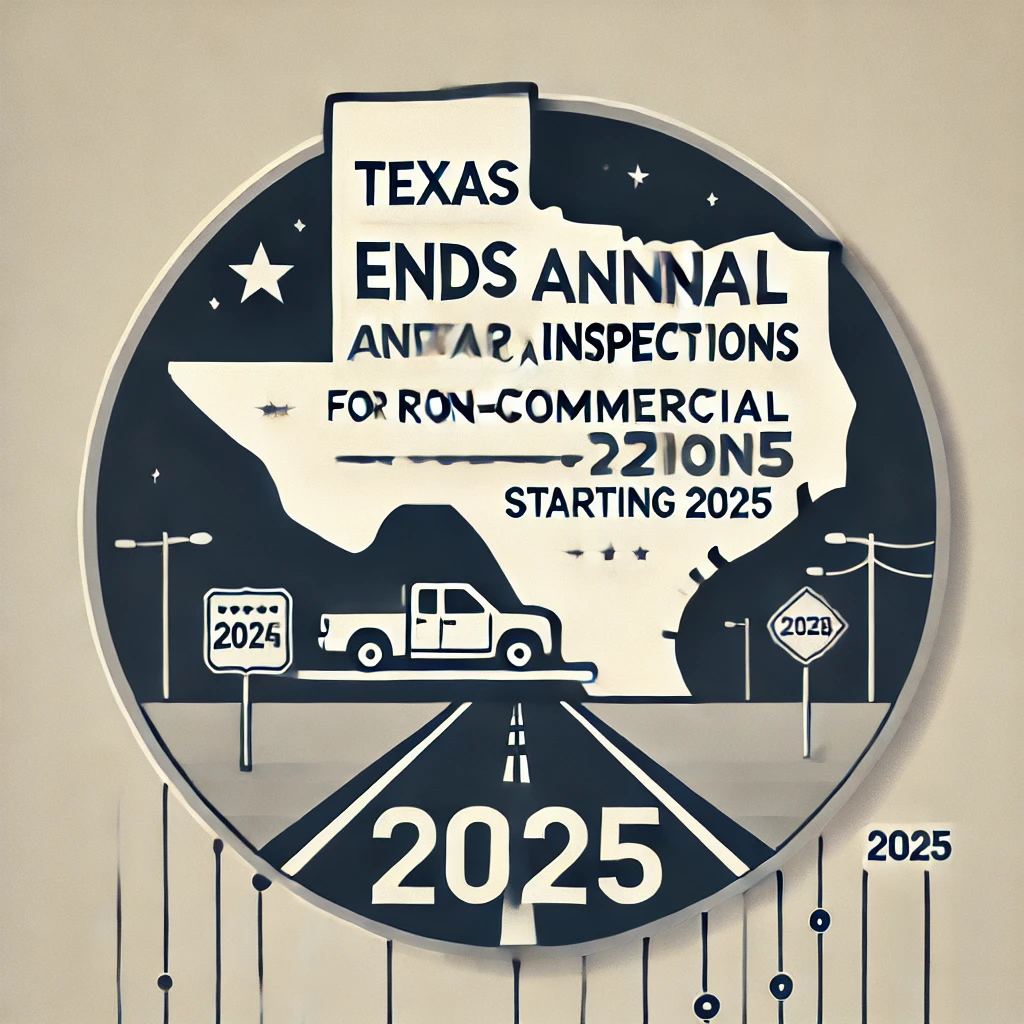Texas Ends Annual Vehicle Inspections: What It Means for Drivers and Road Safety
Starting January 1, 2025, Texas will no longer require annual safety inspections for non-commercial vehicles. This policy change, enacted through House Bill 3297, removes a common obligation for motorists but also shifts the burden of vehicle maintenance entirely onto drivers. While this simplifies the process of registering vehicles, it raises important questions about road safety, insurance implications, and how drivers can ensure their cars remain operational and secure.
The Benefits and Risks of Eliminating Inspections
Ending annual inspections means less bureaucracy for vehicle owners. However, without mandated oversight, some vehicles may fall into disrepair, potentially increasing risks on the road. Federal regulations and emissions testing requirements in counties like Travis and Williamson will still apply, ensuring some environmental compliance.
The responsibility for roadworthiness now rests with individual drivers, making proactive maintenance essential. While this change may reduce immediate costs and inconvenience for some, it also requires a higher level of awareness and diligence from all vehicle owners.
How This Affects Car Insurance
The absence of state-mandated inspections could influence car insurance policies over time. Insurers might reassess risk, especially if poorly maintained vehicles lead to more accidents. Personal maintenance records could become more important in claims decisions, particularly for incidents involving preventable mechanical failures.
That said, most drivers likely won’t see immediate changes in premiums. Insurers already prioritize factors like driving history, location, and vehicle type over inspection results. However, maintaining a safe vehicle remains critical to avoiding complications with claims or liability.
Practical Steps to Keep Your Vehicle Safe
Without the annual inspection requirement, here’s how drivers can ensure their vehicles remain roadworthy:
- Stick to the Manufacturer’s Schedule
Follow the maintenance guidelines in your vehicle’s owner manual. Routine tasks like oil changes, brake inspections, and tire rotations are key to long-term reliability. - Perform Regular Visual Checks
Inspect tires for tread wear and proper inflation, ensure all lights function, and replace windshield wipers when needed. Address these simple fixes promptly. - Respond to Warning Signs
Dashboard lights, unusual noises, or changes in driving performance often signal underlying issues. Have them checked immediately to avoid bigger problems. - Visit a Trusted Mechanic
Schedule regular check-ups with a certified professional. They can identify and address hidden problems before they become safety risks. - Keep Maintenance Records
Document all services and repairs. These records can help with insurance claims, increase resale value, and ensure warranty compliance. - Meet Emissions Testing Requirements
If you live in an area requiring emissions testing, ensure compliance to avoid penalties and maintain environmental standards. - Use Quality Parts
Invest in manufacturer-recommended parts and fluids to extend your vehicle’s lifespan and reduce potential hazards.
Accountability and the Road Ahead
While Texas has simplified vehicle registration by eliminating annual inspections, this change requires drivers to take greater responsibility for road safety. Regular maintenance, self-inspections, and timely repairs are now more important than ever.
By staying proactive, Texas motorists can enjoy the convenience of fewer requirements while ensuring their vehicles remain safe and operational. A well-maintained car not only protects its driver but also contributes to the safety of everyone on the road.

Leave a Reply